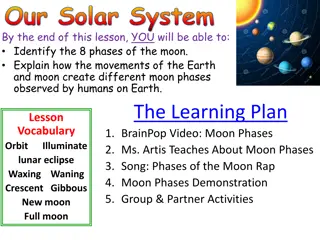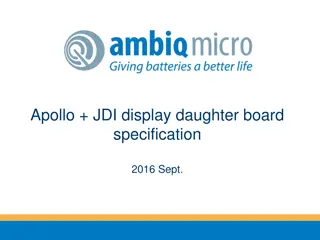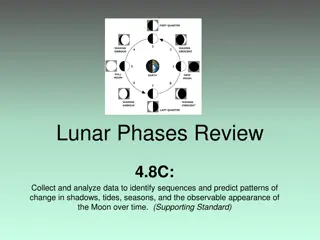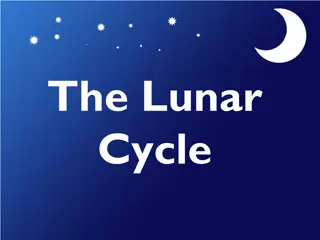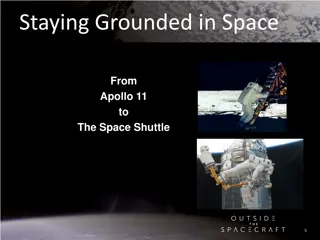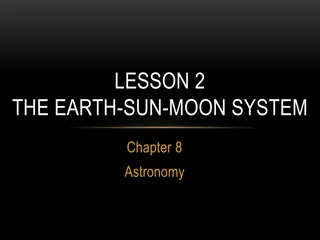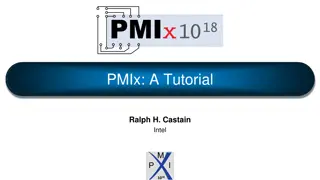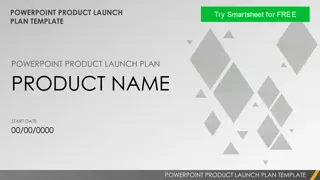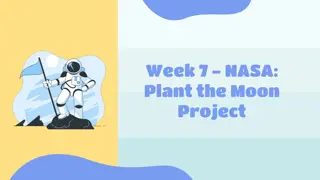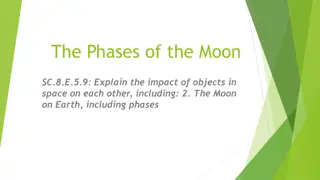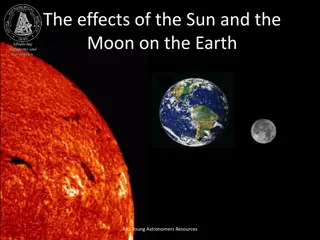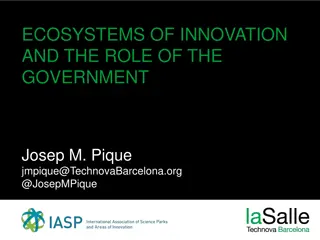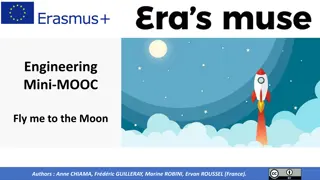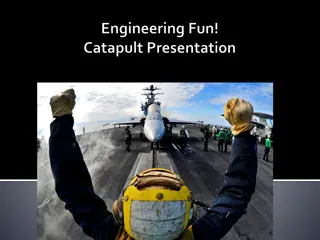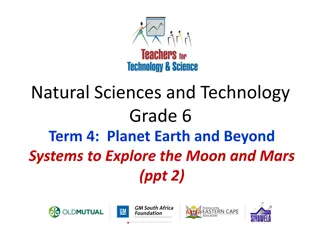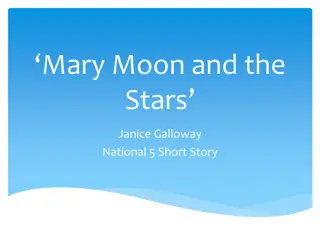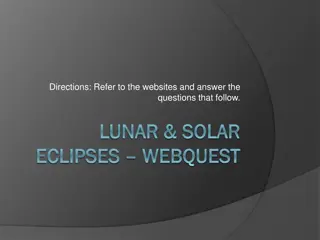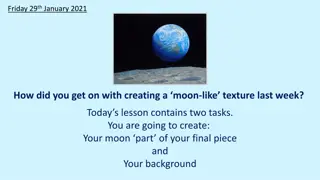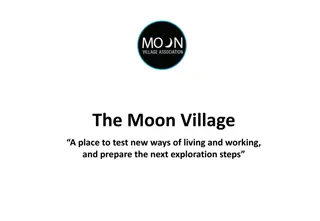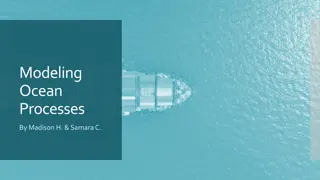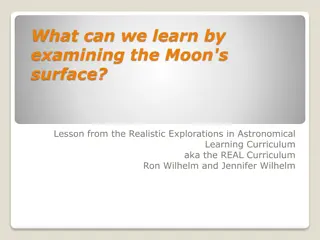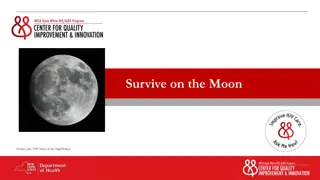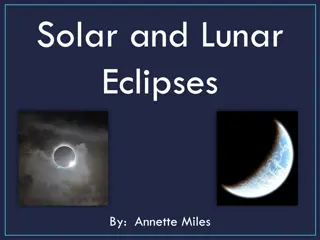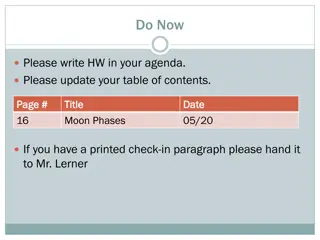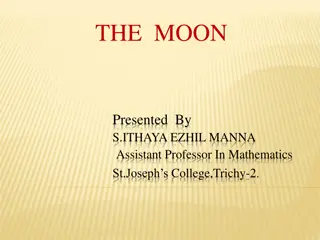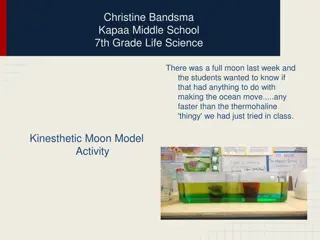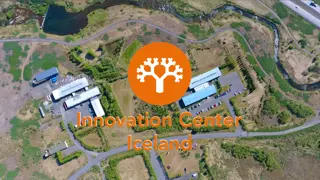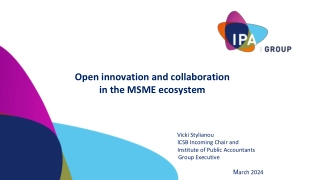Journey to the Moon: Apollo 11 Launch Experience and Project Innovation
A family team's captivating journey to the moon commemorating Apollo 11's iconic launch in 1969. Inspired by the Kennedy Space Center, they built a detailed project including a launch pad, Saturn V rocket, telemetry system, and more. Using innovative components like Arduinos, sensors, and original NASA audio, they recreated the intensity of a rocket launch for educational purposes and to inspire future generations in space exploration.
Download Presentation

Please find below an Image/Link to download the presentation.
The content on the website is provided AS IS for your information and personal use only. It may not be sold, licensed, or shared on other websites without obtaining consent from the author. Download presentation by click this link. If you encounter any issues during the download, it is possible that the publisher has removed the file from their server.
E N D
Presentation Transcript
3-2-1 Liftoff! We go to the moon We go to the moon 16th July 1969, Apollo 11 / Saturn V Launch Experience Family Team: Artash (8yr) Arushi (5yr) Vikas Nath Rati Mehrotra
Inspiration 400,000 scientists and engineers worked together to put humans on the moon in 1969, not because it is easy but because it is hard . This is the vision we want to remember and inspire youths. It is over 45 years and we have not seen manned spaceflight beyond lower earth orbit. This is what we want to change.
Our project Project inspired by visit to the Kennedy Space Center in 2015 and seeing the Apollo II Control Room and the Saturn V rocket. We built a: Apollo 11 Sequence Panel Countdown Clock Launch Pad 39A 3-stage Saturn V Rocket Electric Bolts and Mechanical Release to launch rocket Telemetry Data Transmitter in the Rocket Display Panel for receiving Telemetry Data Audio System with NASA Audio clips in last 10 seconds of countdown
Components Used Cardboard Tubes, Cups, Meccanos 4 Arduinos, 4 Servos, Relays 6 sensors (Gyro, Accelerometer, Temperature, Altitude, Pressure, Magnetic Heading ) 433 Mhz radio frequency transmitter and receiver. Solenoids acting as Electric firing bolts Original audio of the launch to bring sounds of the launch of Apollo 11. Speakers
Complexity and Innovation Sequence Panel Gives status of 28 system checks by lighting up LEDs. Eg: Range Safe, IU Ready, S-IC LOX Tank Pressurised. Sequence Panel is connected to Countdown Clock and is linked to actions taking place. Eg: When it lights up S-IC on Internal Power then Rockets First stage lights up. Similarly with Gantry Arms retraction.
Complexity and Innovation Countdown Clock The heart of the Launch Experience. All data taken from NASA Apollo 11 Archives is linked to the Countdown clock so that correct information is displayed and correct action undertaken. Automatic Launch Sequence starts from T-00:03:07
Complexity and Innovation The Saturn V Rocket 70 cm tall and can send telemetry data on: 1. Acceleration on various axes 2. Gyro (Roll, pitch and yaw) 3. Altitude 4. Pressure 5. Magnetic headings 6. Temperature The data is sent wirelessly by the Rocket to the Display on the Sequence Panel.
Complexity and Innovation Launch Pad Made by meccanos. Has 3 arms and servos. Arms Retraction controlled by Countdown Clock at T- 00:03:56, T- 00:01:026 and T-00:00:01. Has electric bolts (Solenoids) automatically linked to Countdown Clock.
Complexity and Innovation Telemetry Data / Display Screen Wireless Transmission happening between Saturn V and Sequence Panel / Display Screen at all times using 433 MHz transreceiver. Sequence Panel sends command to the Rocket to switch to internal power etc. Rocket sends back telemetry data for display on LCD / Display screen. G = Gyro Data (Roll, Pitch, Yaw) T1 = Temperature P= Pressure At = Altitude L = Heading
Complexity and Innovation Electric Bolts and Launch Three Solenoids act as electric bolts controlled by Arduinos When electric bolts are released, the solenoid moves back and released the mechanical force (springs and clips) to blast off the rocket.
How our family worked 48 hours nonstop to turn dream to reality? Not because it was easy but because it was hard!
3-2-1 LIFTOFF! We go to the Moon. And then we go to Mars!


